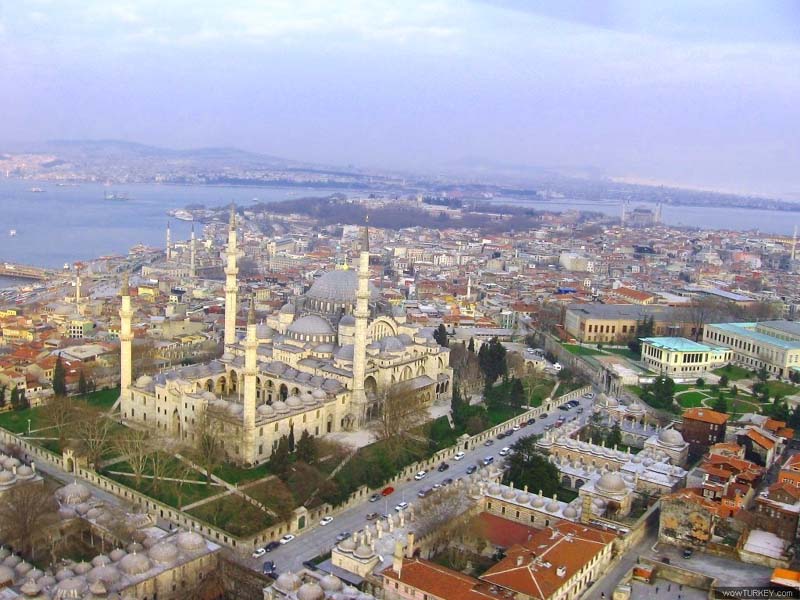

Some Thoughts on the Politics of Early Modern Ottoman Science
by Baki TezcanPublished on: 19th March 2020
Beyond Dominant Paradigms in Ottoman and Middle Eastern/ North African Studies. A tribute to Rifa'at Abou-El-Haj.

The overview of the astronomical instruments and staff of the Istanbul Observatory with Taqi Al-Din Rasid at work. (Source)
Note of the Editor: This article was originally published in the Journal of Ottoman Studies, ISAM, no 36, 2010. We are grateful to the author for permitting us to republish it on the Muslim Heritage website.
***
As persuasively argued by Abou-El-Haj, the sixteenth century was a period of profound transformation in the Ottoman Empire. The expansion and unification of imperial currency zones and markets fostered the development of new social forces represented by merchants and financiers who entered the Ottoman political nation despite the vocal protests of the members of the old ruling elite, the descendants of the conquerors and the royal slaves (mostly devşirmes), who considered the newcomers as “outsiders,” or ecnebis. The gradual demise of feudal institutions and the expansion of the political nation created certain pressures on the ruling institution which had to redefine itself, either by expanding itself to include the newly enlarged political nation, or accepting a representative position vis-à-vis the political nation and thus losing its hegemony over the political process.
In this long process of redefining itself, the royal authority increased its efforts to control the sphere of jurists’ law (applied Sharia), first, in order to facilitate the development of a market economy by such devices as the cash vakıf the beneficiaries of which were the new members of the Ottoman political nation, and second, to sustain its hegemony over the political process by regulating the relations between the members of the political nation that were governed by private law, a sphere of jurists’ law rather than feudal administrative law which used to be codified by the dynasty. Elsewhere I elaborate on how these royal efforts to build an Ottoman absolutism opened the way for jurists to intervene in dynastic affairs, such as filicide and fratricide, as the dynasty could not keep trying to control jurists’ law if it did not allow them to enter its own domain as well. Thus jurists’ law became a more politically contested field than ever, leading to the development of two distinct political positions in the late sixteenth and seventeenth centuries with regard to one’s conception of Ottoman royal constitutionalist…
Click here to read the full article.
by Baki Tezcan,
University of California, Davis
University of California, Davis
























No hay comentarios:
Publicar un comentario